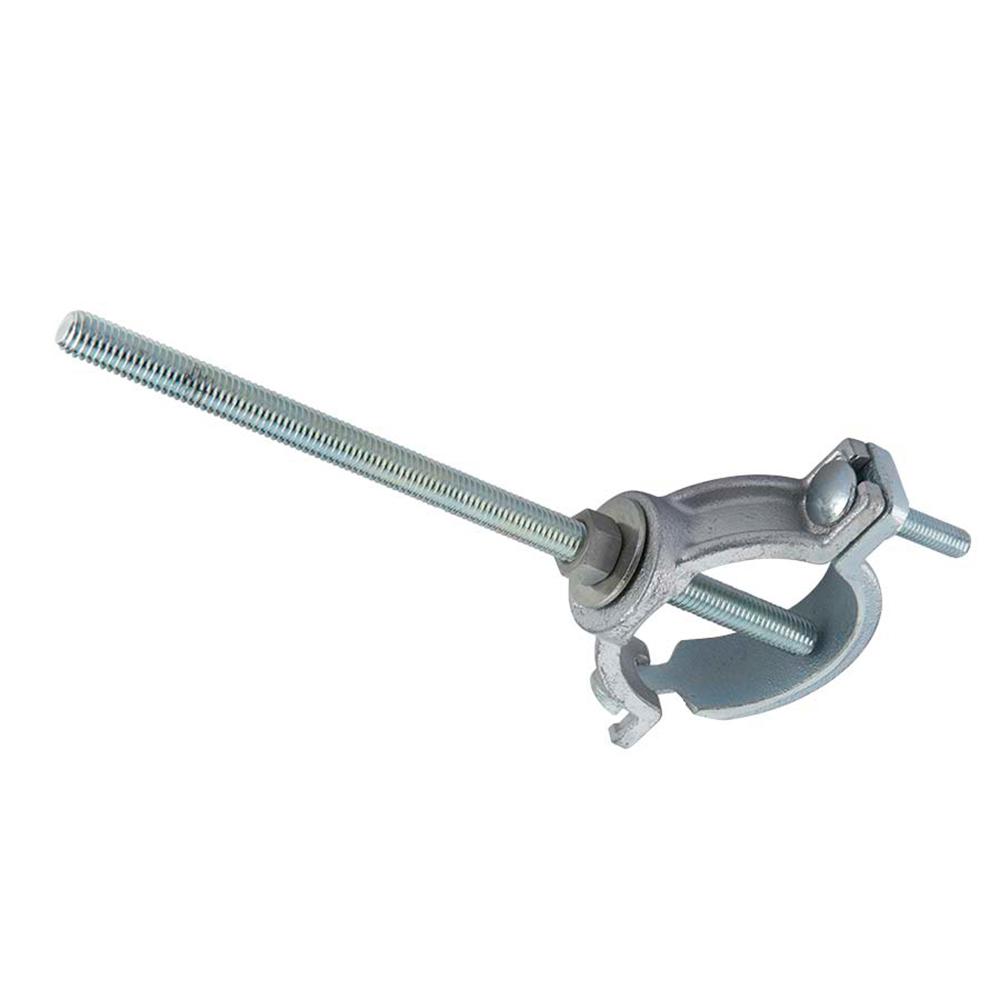Conduit Supports
Do you work with electrical fittings and wonder how to securely attach your conduit and cable to studs? Are you tired of dealing with unstable installations and unreliable supports? Look no further than conduit supports, the key to a stable and secure electrical installation.
Electrical installations can be tricky, especially when it comes to securing conduit and cable to walls and studs. Without proper support, your conduit can become unstable and pull away from the wall, leading to safety hazards and the need for frequent repairs.
The job of conduit supports is to securely attach conduit and cable to walls and studs, providing a stable and reliable support system that minimizes the risk of accidents and damage to your installation. By using conduit supports, you can ensure that your electrical installation is stable and reliable for years to come.
In summary, conduit supports are an essential component of any electrical installation, providing the stability and reliability needed to keep your installation safe and secure. By securely attaching your conduit and cable to walls and studs, you can prevent accidents and minimize the need for frequent repairs.
Conduit Supports: A Deeper Look
Conduit supports come in many shapes and sizes, each designed to meet specific needs and applications. For example, strap hanger clamps provide a secure way to suspend conduit from beams and ceilings, while EMT hangers with bolts offer a more flexible solution for attaching conduit to walls and studs. There are also service entrance conduit supports, such as those offered by Halex, that provide a secure way to attach conduit to the side of a building.
Personally, I have found that using a combination of different conduit supports is the most effective way to ensure a stable and reliable installation. By carefully selecting and using the right supports for each application, you can create an installation that is both safe and efficient.
Tips for Choosing the Right Conduit Supports
When choosing conduit supports, it's important to consider a number of factors, such as the type of conduit and cable you're working with, the location of the installation, and the weight and size of the conduit itself. By carefully selecting the right supports, you can ensure that your installation is safe, reliable, and up to code.
The Benefits of Using Conduit Supports
There are many benefits to using conduit supports in your electrical installations. First and foremost, they provide a stable and secure way to attach your conduit and cable to walls and studs, minimizing the risk of accidents and damage. Additionally, using conduit supports can help you to comply with building codes and safety regulations, ensuring that your installation is up to par and free from potential hazards.
How to Install Conduit Supports
Installing conduit supports is a straightforward process that requires only a few simple tools. First, select the appropriate support for the job and ensure that it is rated for the weight and size of your conduit. Then, using a drill and appropriate screws or bolts, attach the support to the wall or stud in the desired location. Finally, slide your conduit into the support and secure it in place using the appropriate hardware.
FAQs About Conduit Supports
1. What size conduit supports should I use for my installation?
A: The size of your conduit supports will depend on the weight and size of your conduit, as well as the location of the installation. It's important to choose supports that are rated for the weight and size of your conduit to ensure a safe and reliable installation.
2. How many conduit supports do I need for my installation?
A: The number of conduit supports you need will depend on the length and weight of your conduit, as well as the spacing requirements set by building codes and safety regulations.
3. Can conduit supports be used for both indoor and outdoor installations?
A: Yes, conduit supports can be used for both indoor and outdoor installations, as long as they are compatible with the type of conduit and cable being used.
4. Can conduit supports be installed after the conduit has already been run?
A: Yes, conduit supports can be installed after the conduit has already been run, although it may be more difficult depending on the location of the installation.
Conclusion of Conduit Supports
Conduit supports are an essential component of any electrical installation, providing the stability and security needed to keep your installation safe and reliable. By carefully selecting and installing the right conduit supports for your specific application, you can create an installation that is up to code and free from potential hazards.
Gallery
Conduit Supports Securely Attach Conduit And Cable To Studs.
Photo Credit by: bing.com / conduit supports studs attach cable securely support emt screw wood thomasnet
Conduit Supports, Straps, Clamps & Hangers - Electrical Fittings
Photo Credit by: bing.com / clamps hangers straps conduit supports electrical clamp hanger strap fittings grid list orbitelectric
Halex 2 In. Service Entrance (SE) Conduit Support-33520 - The Home Depot

Photo Credit by: bing.com / conduit support entrance service halex se homedepot
Halex 2-1/2 In. Service Entrance (SE) Conduit Supports With Lag Screw

Photo Credit by: bing.com / entrance service conduit lag screw supports halex se
CONDUIT HANGERS WITH BOLTS - Conduit Supports, Straps, Clamps & Hangers
Photo Credit by: bing.com / hangers conduit electrical straps fittings bolts clamps ph supports emt 125b views strut orbitelectric
0 Response to "Conduit Supports"
Posting Komentar